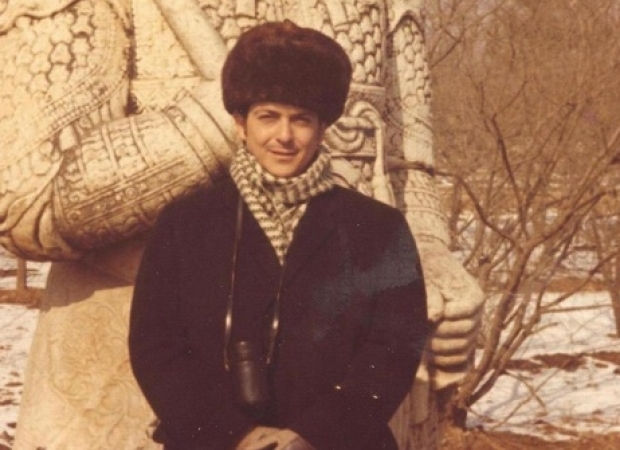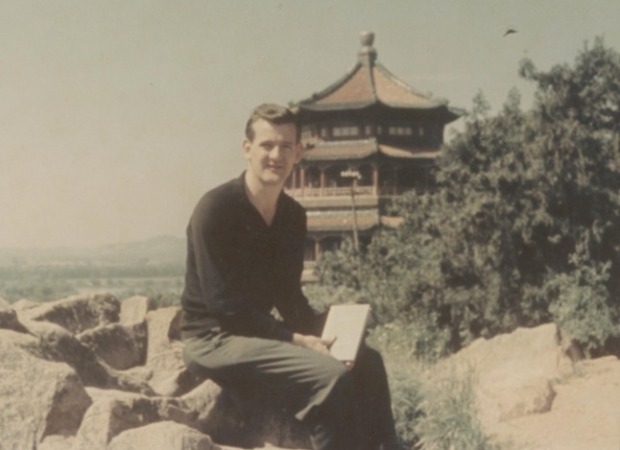In The Columbia Anthology of Chinese Folk and Popular Literature, two of the world’s leading sinologists, Victor H. Mair and Mark Bender, capture the breadth of China’s oral-based literary heritage. This collection presents works drawn from the large body of oral literature of many of China’s recognized ethnic groups—including the Han, Yi, Miao, Tu, Daur, Tibetan, Uyghur, and Kazak—and the selections include a variety of genres. Chapters cover folk stories, songs, rituals, and drama, as well as epic traditions and professional storytelling, and feature both familiar and little-known texts, from the story of the woman warrior Hua Mulan to the love stories of urban storytellers in the Yangtze delta, the shaman rituals of the Manchu, and a trickster tale of the Daur people from the forests of the northeast. The Cannibal Grandmother of the Yi and other strange creatures and characters unsettle accepted notions of Chinese fable and literary form. Readers are introduced to antiphonal songs of the Zhuang and the Dong, who live among the fantastic limestone hills of the Guangxi Zhuang Autonomous Region; work and matchmaking songs of the mountain-dwelling She of Fujian province; and saltwater songs of the Cantonese-speaking boat people of Hong Kong. The editors feature the Mongolian epic poems of Geser Khan and Jangar; the sad tale of the Qeo family girl, from the Tu people of Gansu and Qinghai provinces; and local plays known as “rice sprouts” from Hebei province. These fascinating juxtapositions invite comparisons among cultures, styles, and genres, and expert translations preserve the individual character of each thrillingly imaginative work. —Columbia University Press








